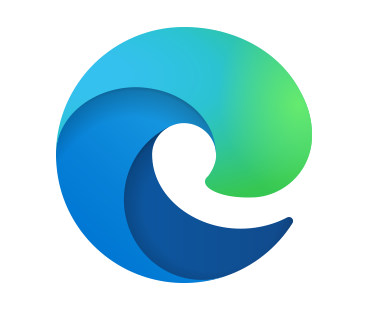Polyvinyl Chloride (PVC)
Polyvinyl Chloride (PVC) - A polymer made by the catalytic polymerization of vinyl chloride. PVC also includes copolymers that are relatively easy to process when compared to the homopolymers. The neat homopolymer cannot be used until it has special additives added to it to turn it into a more process friendly compound. There are two families of PVC compounds. The rigid family has additives added to the PVC resin that allows it to be made into pipe, sliding windows and many other rigid products. The other family comprises of flexible compounds whereby plasticizers are added along with other additives so that it is easy to process them into films, sheets, gaskets, wire and cables and other flexible products. One of the most important applications of flexible/plasticized PVC compounds are blood bags, Intra Vascular (IV) tubing and meat wrap films. Either rigid or flexible compounds can be extruded, injection molded, compression molded, calendered or blow molded.
Polyvinyl chloride (PVC) was first produced commercially in the USA in 1933 and had an important use as cable insulation during the second World War. Polyvinyl chloride then became used for many more applications soon after.

PROSPECTOR
材料だけでなく、ソリューションも見つけることができます。
Prospectorにご登録いただくと、ダイナミックなツールおよび機能を活用して、迅速にソリューションを見つけることができます。
今すぐご登録ください- 一般用途 (924)
- ワイヤ&ケーブル用途 (745)
- プロファイル (731)
- 医療/ヘルスケア用途 (626)
- チューブ (433)
- 自動車用途 (376)
- ケーブルジャケット (358)
- 電気/電子機器 (272)
- シート (244)
- 屋外用途 (244)
- 268 more...
考慮事項
- Sensitive to UV and oxidative degradation
- Limited thermal capability
- Thermal decomposition evolves HCI
- Higher density than many plastics



